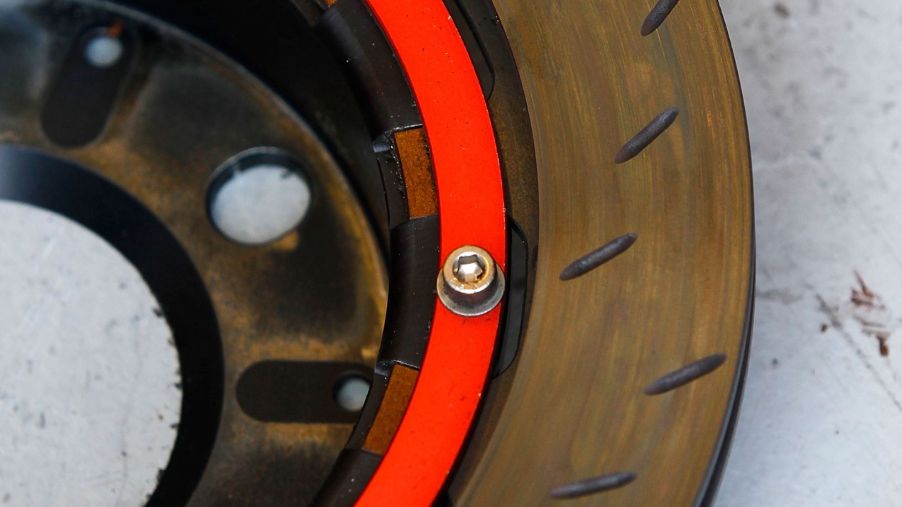
Are Slotted or Drilled Brake Rotors Actually Better?
Even if your car doesn’t use Brembos, your brakes are an important maintenance item. And not just the pads, but the brake rotors themselves eventually wear, too. Especially if you take your car to the racetrack. Because consistent braking is so important, one of the common performance modifications is fitting slotted or drilled brake rotors. But do such rotors provide tangible benefits?
What’s the difference between slotted and drilled brake rotors?
When Jaguar introduced disc brakes to the racing world in the 50s, the brake rotors were just solid pieces of metal. And when Honda gave its bikes front disc brakes in the 70s, little had changed.
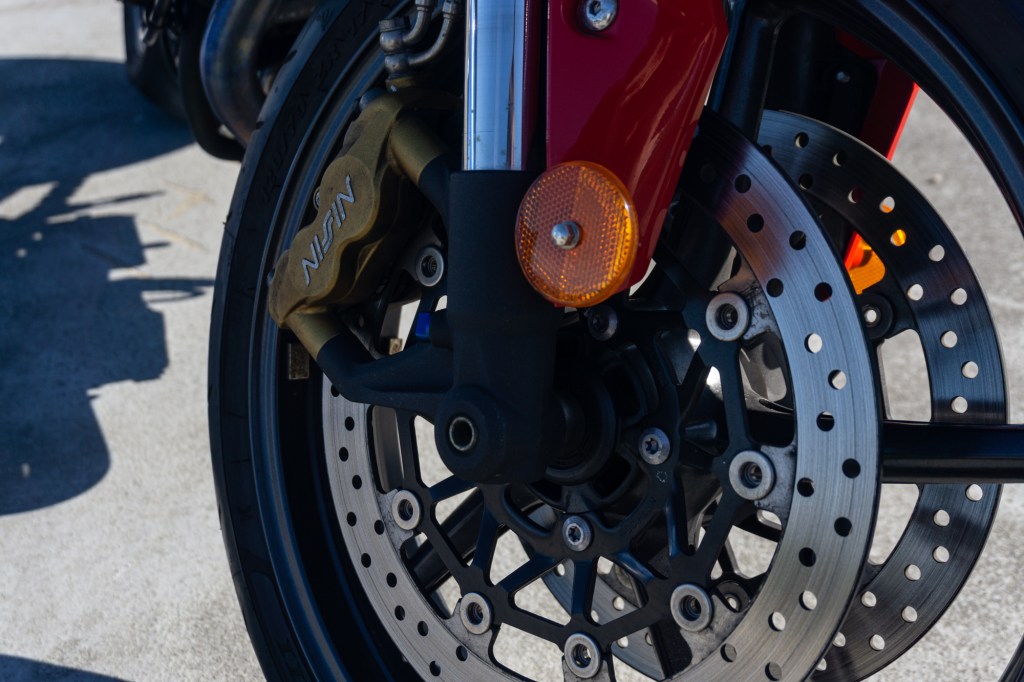
But today, if you look a motorcycle’s, car’s, or a high-performance SUV’s brake rotors, you’ll see metal and empty space. Some have numerous small holes, while others may have what appear to be elongated grooves cut into the surface. The former are drilled rotors, while the latter are slotted rotors, AutoAnything explains. And some rotors are even hybrids of the two.
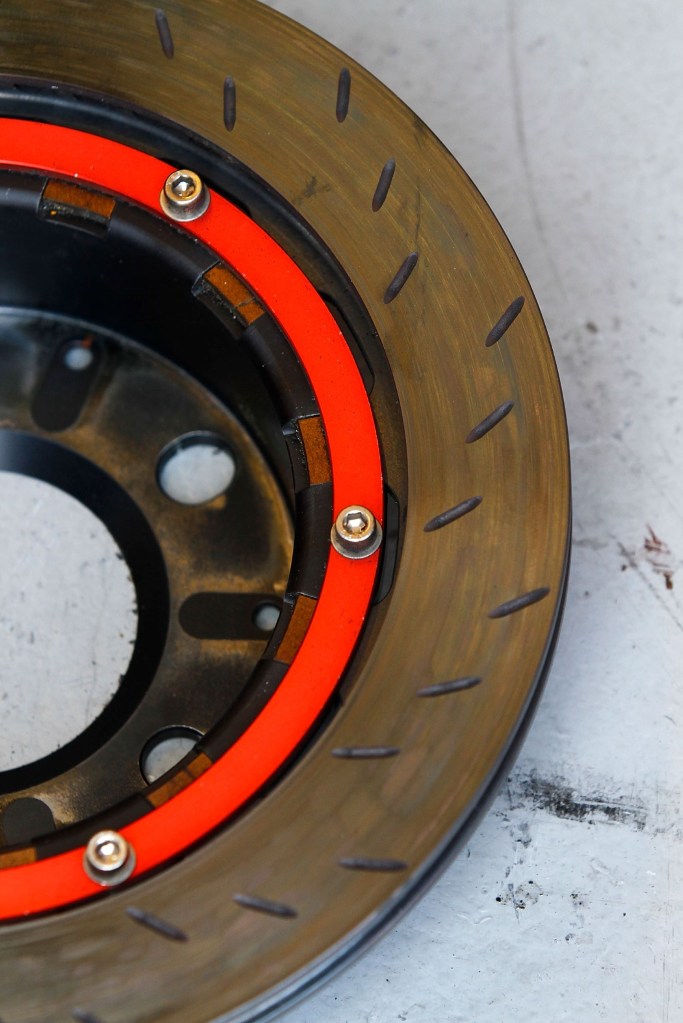
As their name implies, drilled rotors, aka ‘cross-drilled rotors,’ are essentially solid rotors that’ve been carefully drilled, Redline360 reports. They also feature venting in-between the opposite brake rotor surfaces. Slotted rotors are also modified solid vented brake rotors at heart, Autoguru reports. However, unlike drilled rotors, the grooves (‘slots’) cut into their surface don’t go all the way through.
But why would you want to deliberately remove parts of your brake rotors? Turns out, there are a few good reasons.
Do slotted or drilled brake rotors make a difference over solid ones?
To be fair, an excessively-thin brake rotor isn’t just less effective, it’s also dangerous. But rotor thickness is just one aspect of braking performance. Even more important are the brake pads themselves and the heat they produce.
Slotted and drilled rotors don’t function any differently than solid ones. When you press the brake pedal, the pads clamp down on the rotor via the caliper. And through friction, your vehicle slows down.
However, that friction creates heat and wears away at the pads and the rotors. This releases dust—from the rotors mostly, not the pads, Car and Driver reports—as well as hot gases. It’s the heat, dust, and gases which together cause brake fade. Which, if you’re driving quickly down a twisty road or on a racetrack, is a significant problem.
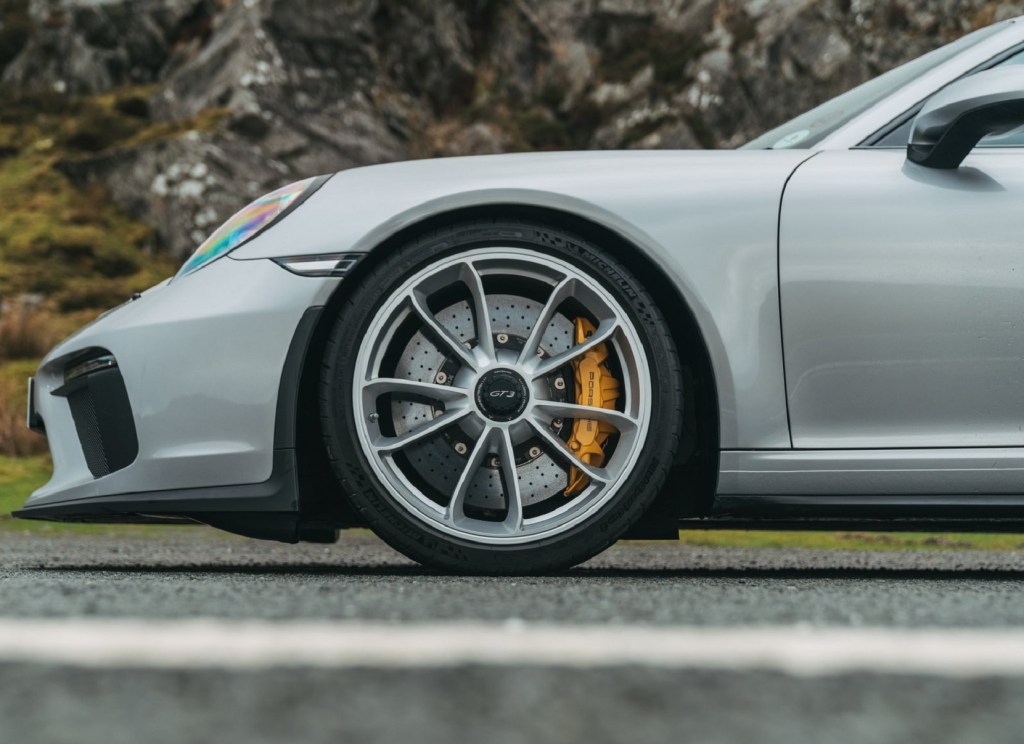
That’s where slotted and drilled rotors come in. Drilled rotors’ holes, combined with the vents, let dust and hot gases escape more easily, CarThrottle explains. Plus, they let water escape more easily from the braking surface, The Drive reports. That’s why many high-end bicycles now feature disc brakes: better braking in muddy conditions. It’s also why modern motorcycles use them, for consistent braking even in rainy conditions.
Slotted brake rotors don’t improve heat transfer as well as drilled ones do, Powerstop reports. However, those grooves help remove dust and gases from the pads’ and rotor’s contact point. They also shave away the material on the pads’ surface, NAPA reports. While that seems dangerous, it has a practical purpose. Repeated high-temperature braking glazes the pads’ surfaces and makes them less effective. Removing that glaze exposes fresh grippy material, R1 Concepts explains.
Should you upgrade your rotors?
While there are tangible benefits to swapping in slotted or drilled—or slotted and drilled—brake rotors, there are some downsides, too.
Because making a drilled rotor requires drilling into a solid one, lower-quality ones can develop micro-fractures, FCP Euro reports. After repeated heat cycles, heaving braking, and aggressive driving, the rotors can crack. Getting ones made by a supplier like Brembo drastically reduces this risk. However, the rotors themselves will be pricey.
Plus, with advances in venting, today these rotors are arguably as much about aesthetics as performance, CarThrottle muses. Porsche’s new tungsten-carbide rotors produce less dust with better braking, Hagerty reports, and they’re solid vented rotors, not drilled. But if you’re looking to get better street-level braking, and vented rotors aren’t quite up to the task, this can be an upgrade worth considering. Especially if you live somewhere where it often rains and ride a motorcycle.
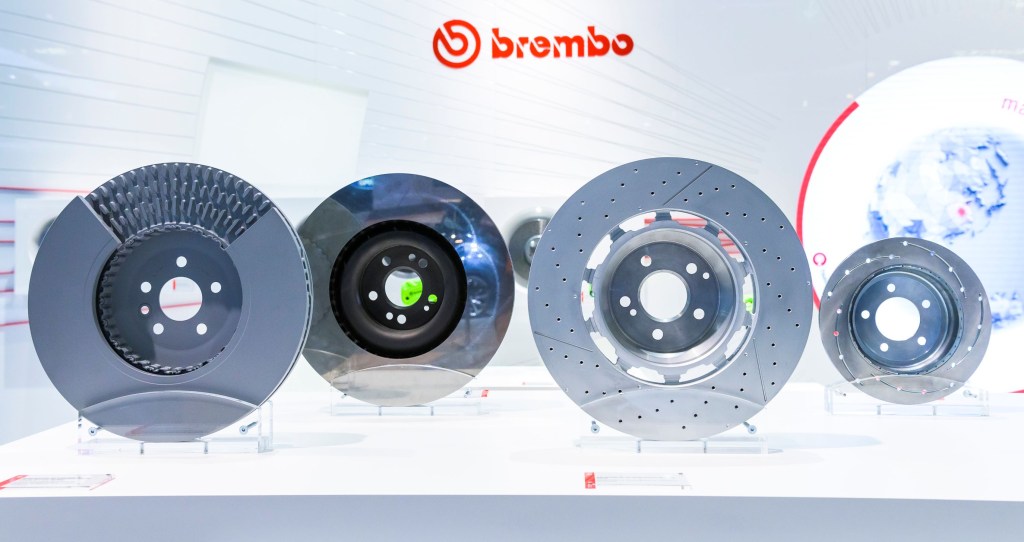
Serious track racers, though, prefer slotted rotors over drilled ones, Hot Rod reports. Because they’re not drilled all the way through, they resist cracking significantly better. Also, racing brake pads actually need a little heat to be truly effective, Road & Track reports. As a result, if you’re seeing a lot of track time, slotted brake rotors are better than drilled or solid ones. These benefits still translate over to the street. However, those slots mean your brake pads won’t last as long.
Ultimately, upgrading your brake rotors depends on how you drive. For the vast majority of drivers, solid rotors with vents should suffice. But if you’re finding them insufficient, then switching to drilled or slotted rotors, along with different pads and better brake fluid, maybe worth considering.
Follow more updates from MotorBiscuit on our Facebook page.


